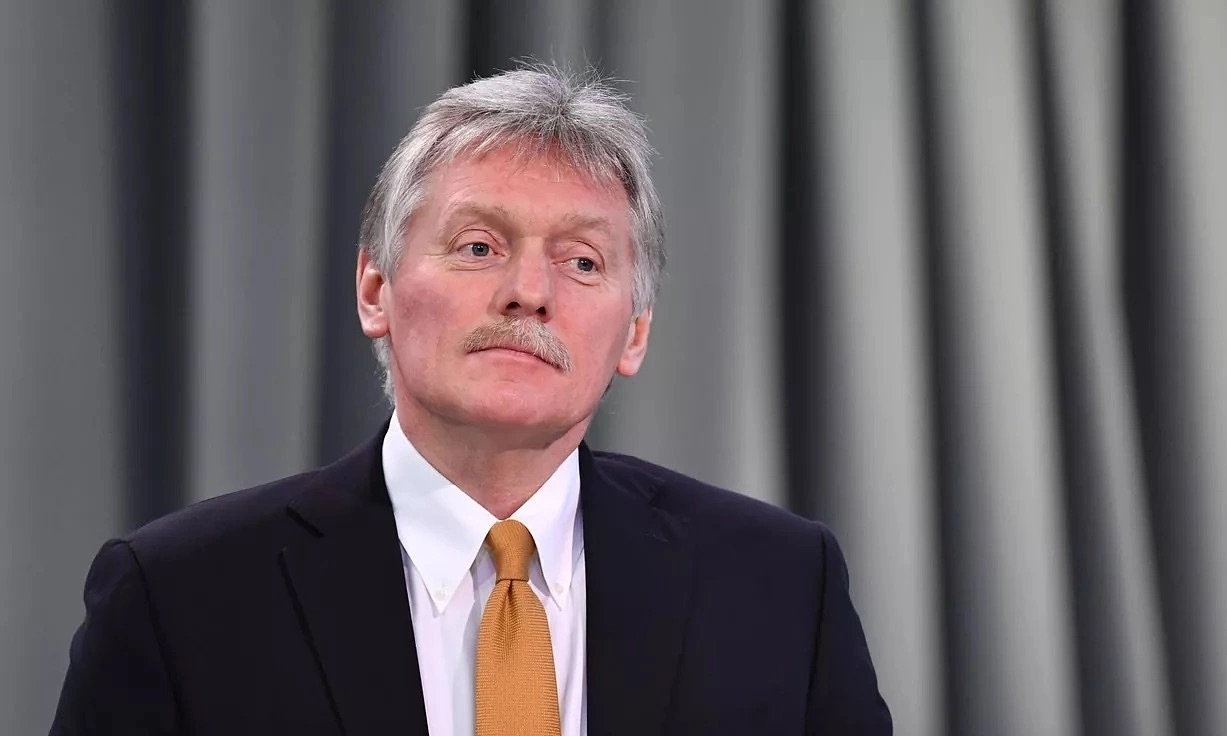Kremlin spokesperson Dmitry Peskov said in a press conference in Moscow today, "All warning systems were activated in a timely manner, and the evacuation of people from the danger zone was carried out in anticipation of a tsunami. The earthquake resistance of buildings has proven effective,".
The 8.8 magnitude earthquake occurred at noon on 30/7, with its epicenter 19 km below the seabed, about 136 km east of the city of Petropavlovsk on the Kamchatka Peninsula in Russia's Far East. The Geophysical Service of the Russian Academy of Sciences said it was the strongest earthquake in Kamchatka since 1952.
Oleg Melnikov, head of the Kamchatka health authority, said some people were injured in the earthquake, but none seriously.
"Thank God, there were no casualties. We can say that the technological preparation has been proven and highly effective," Peskov emphasized.
The earthquake damaged some buildings on the Kamchatka Peninsula. A tsunami hit the town of Severo-Kurilsk, south of Kamchatka, sweeping away houses near the coast. However, most of the town is on high ground and avoided flooding.
"People had an hour before the wave hit, enough time to evacuate. All residents are in a safe zone," said Alexander Ovsyannikov, the mayor of Severo-Kurilsk.
One Kamchatka resident said the walls were constantly shaking during the earthquake. "Fortunately, we had prepared water bottles and suitcases of clothes, placed right next to the door. We quickly grabbed them and ran outside. It was terrifying," the resident said.
By the afternoon of 30/7, the Kamchatka Peninsula authorities lifted the tsunami warning.
 |
Kremlin spokesperson Dmitry Peskov in Moscow, 12/2023. Photo: *RIA Novosti* |
The earthquake also triggered tsunami warnings in countries across the Pacific, prompting evacuations in many areas. Tsunamis hit the coasts of several Pacific Rim countries, with heights ranging from 30 cm to about 1.5 m.
Huyen Le (According to *TASS*, *AFP*)












